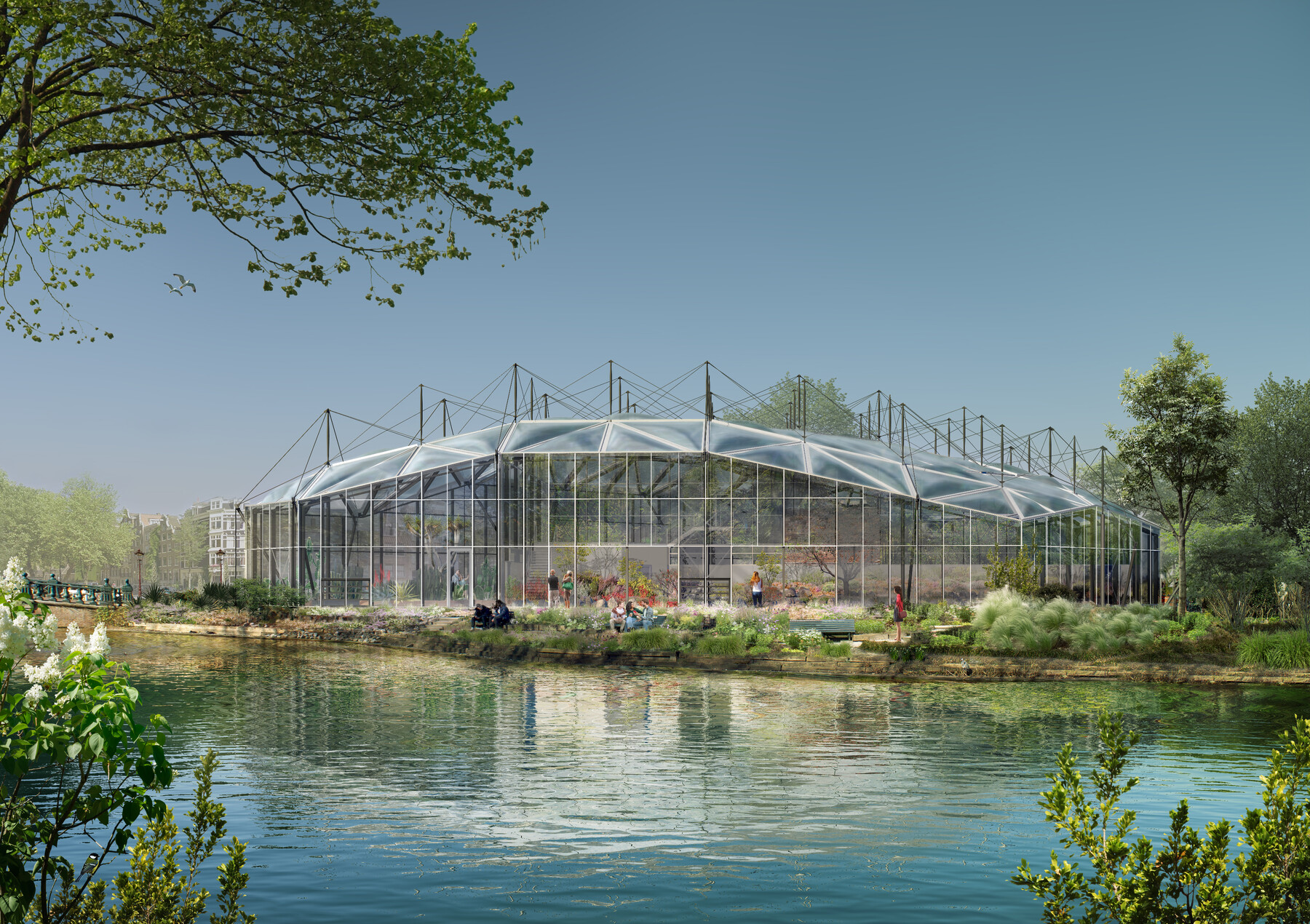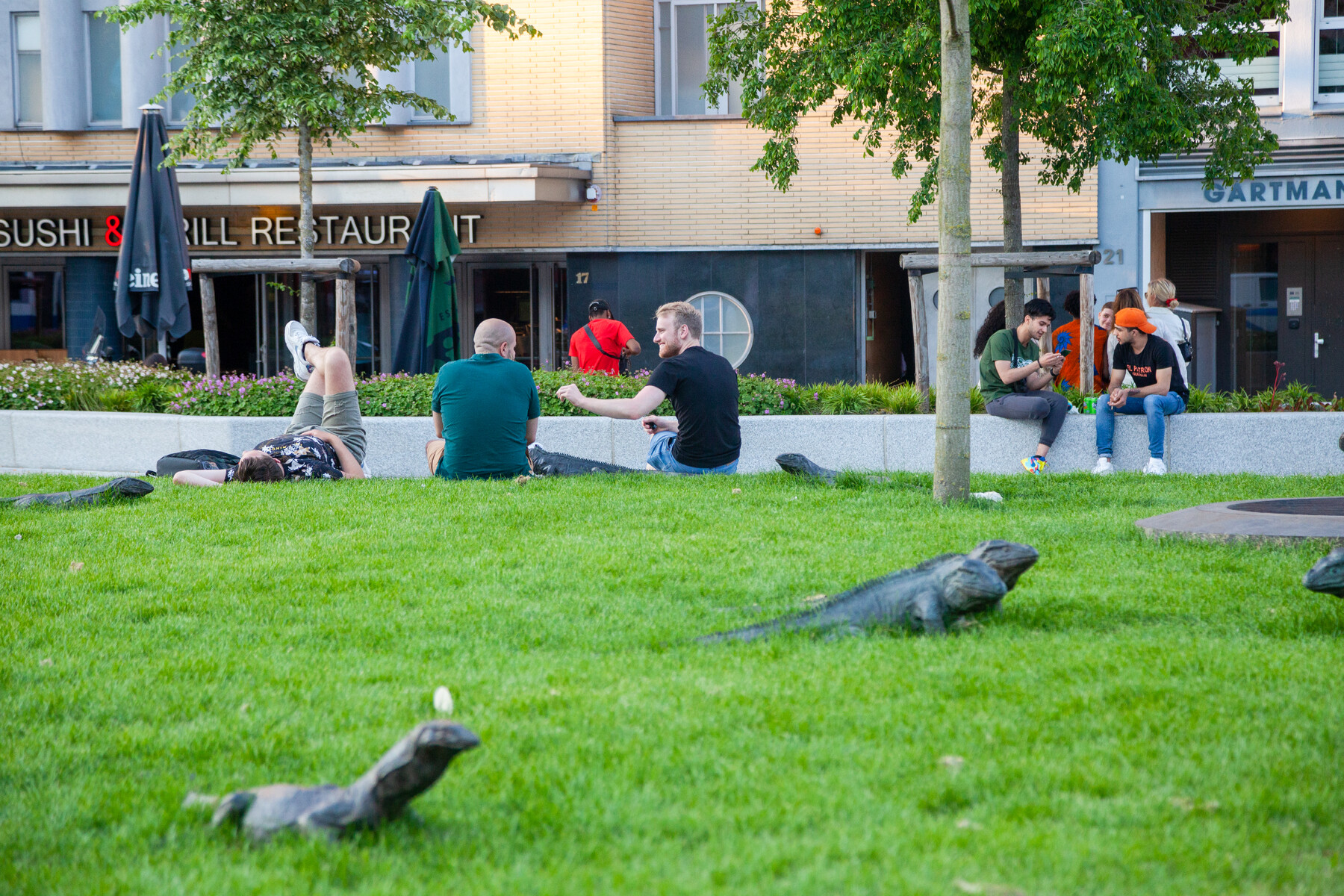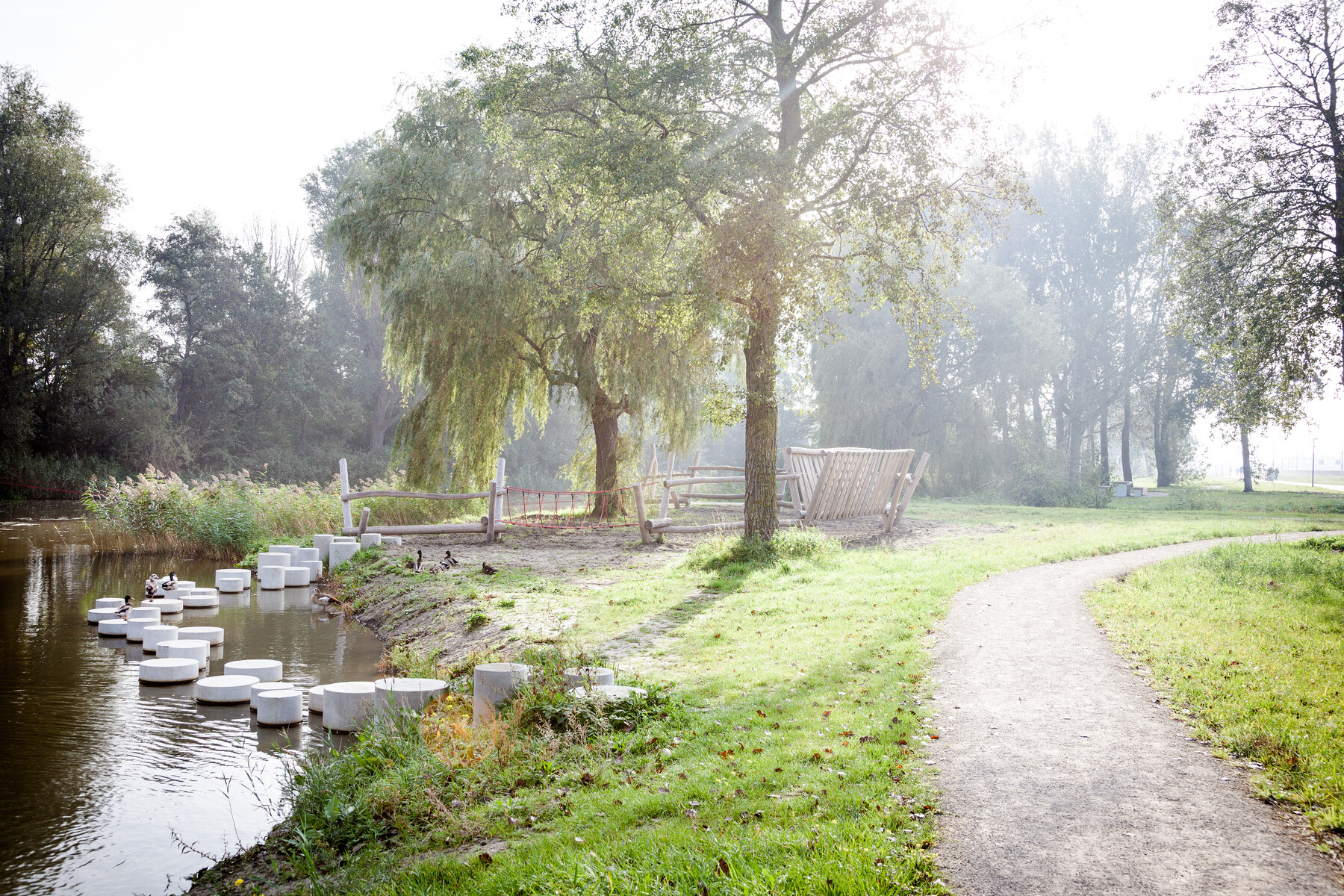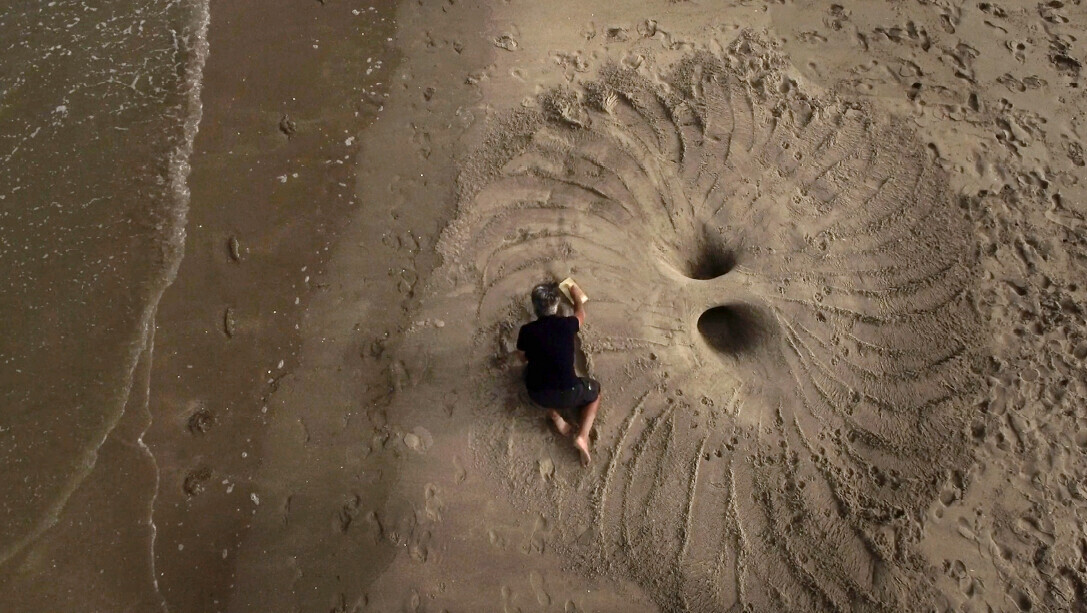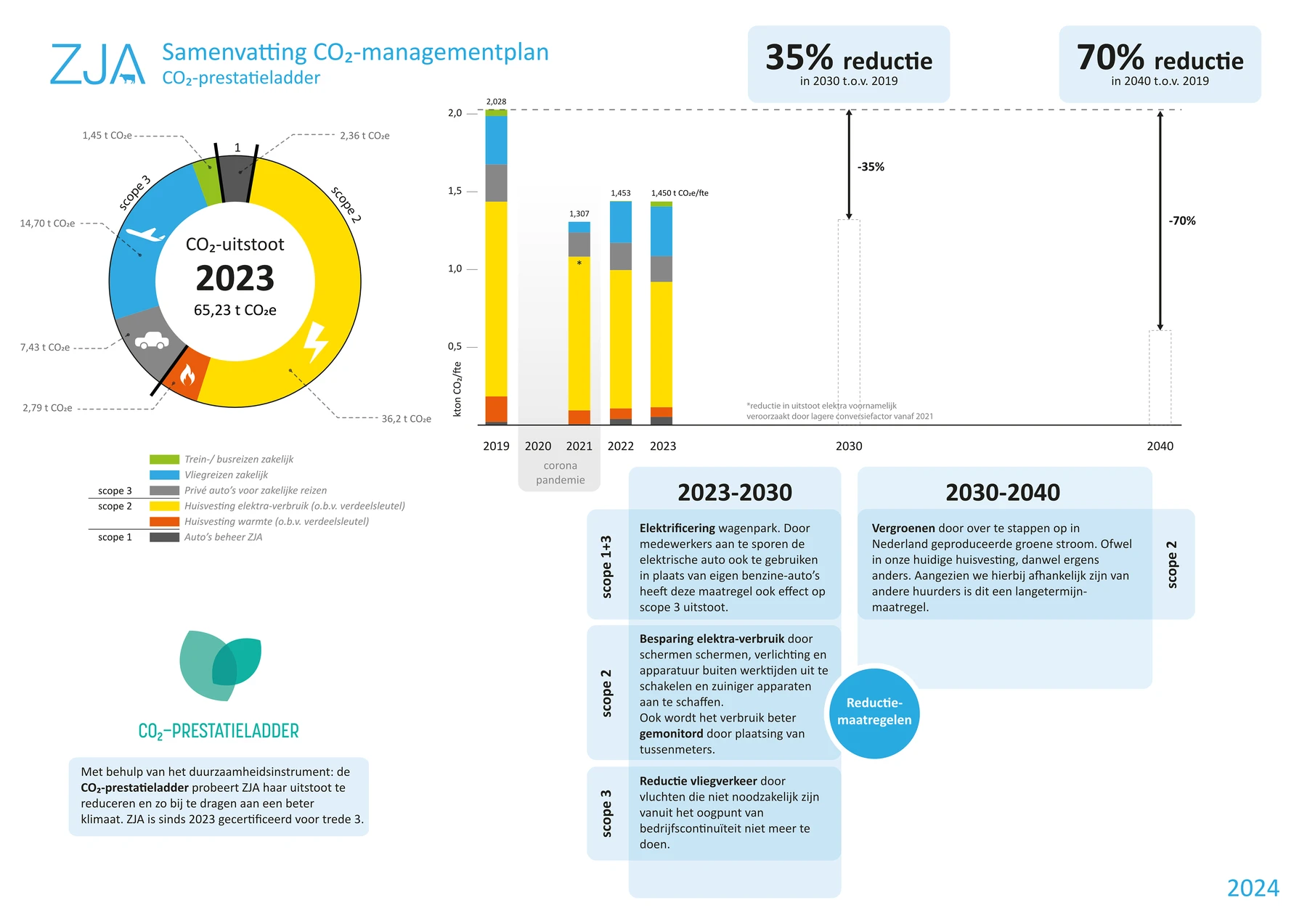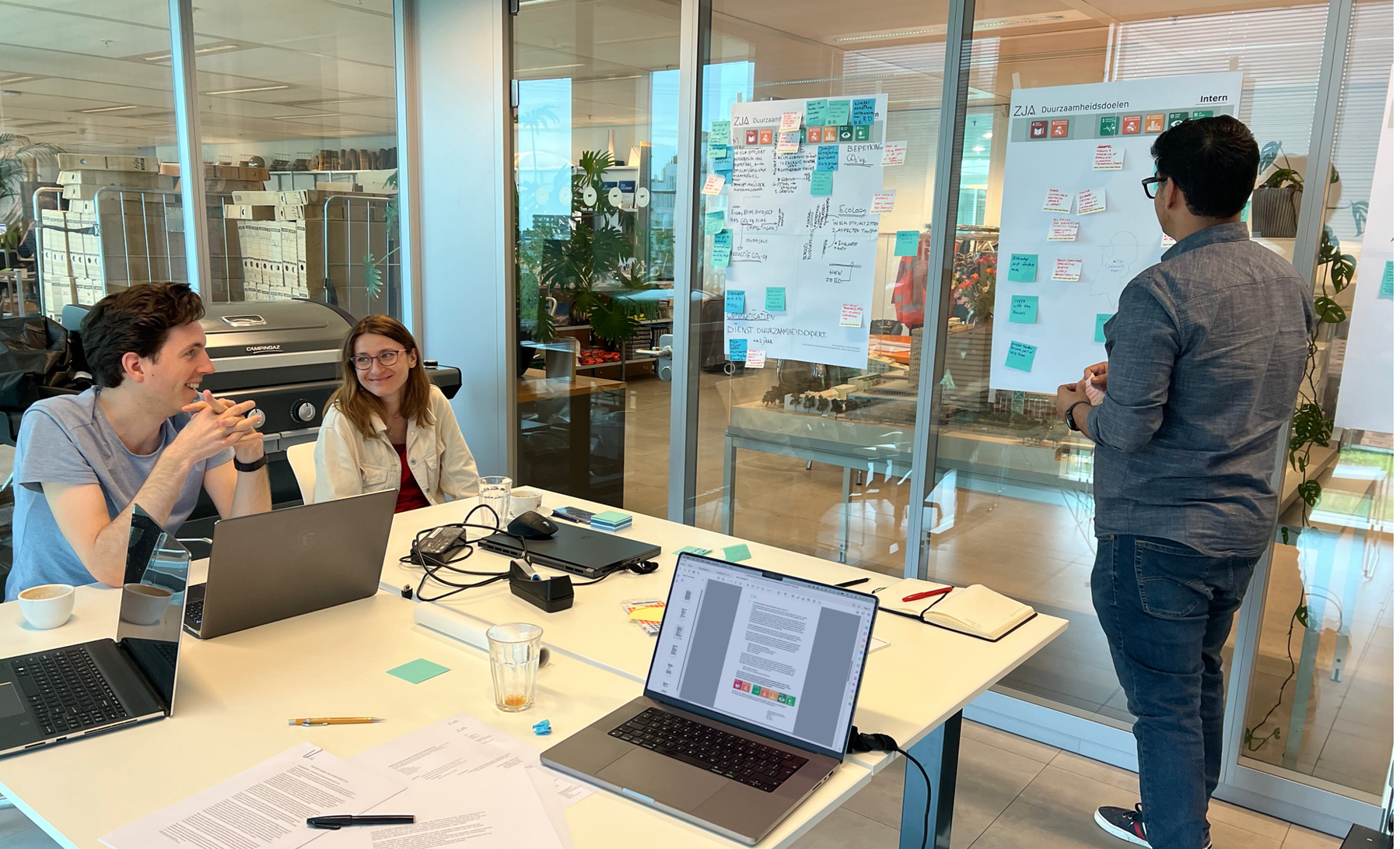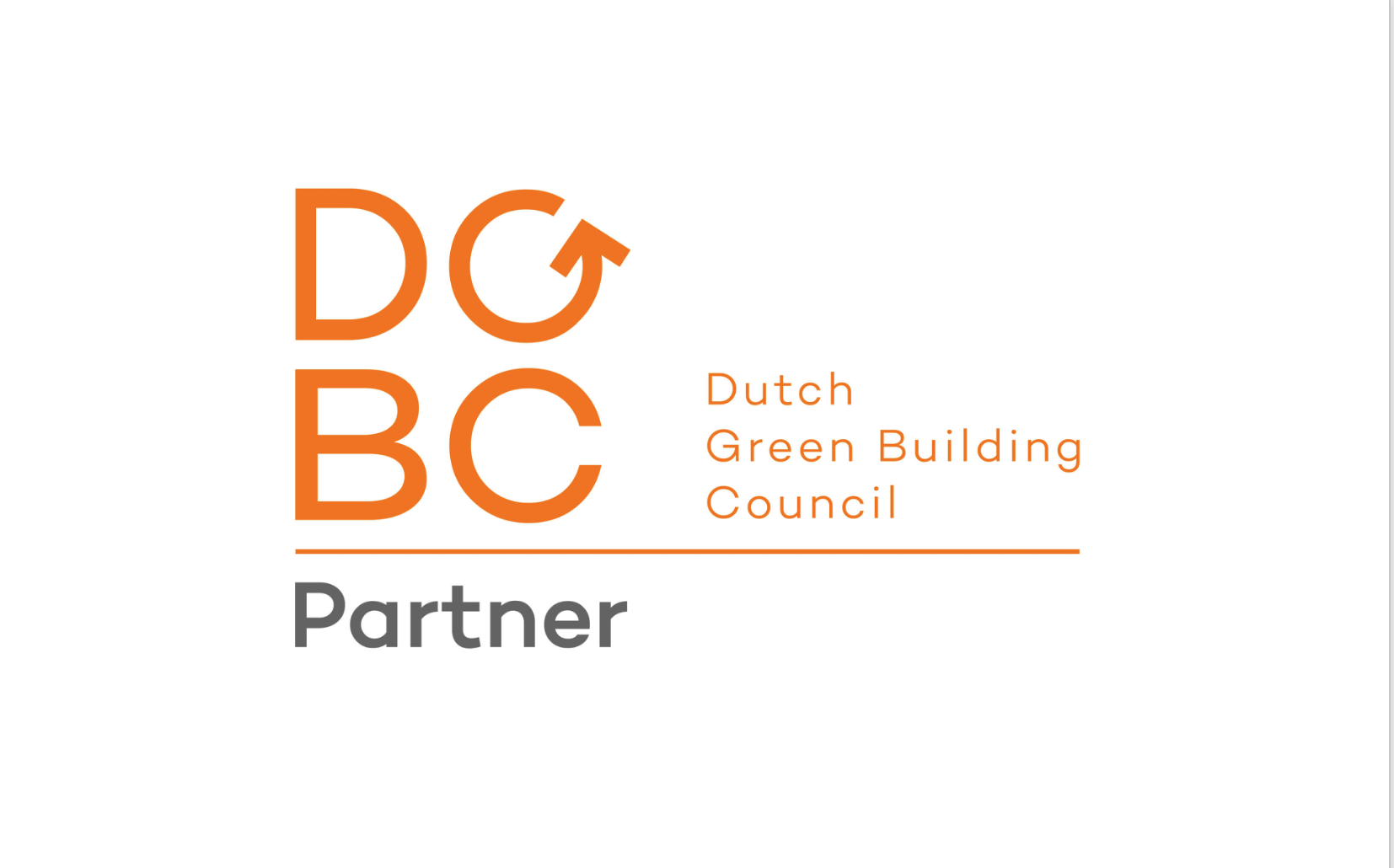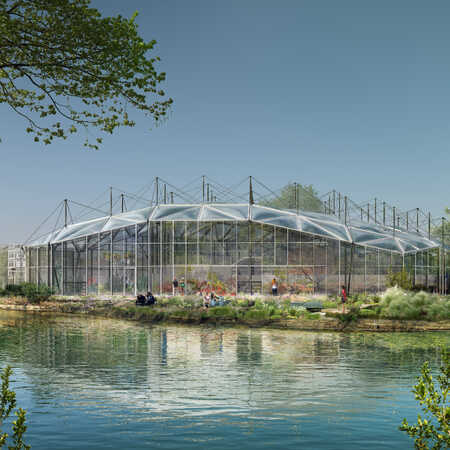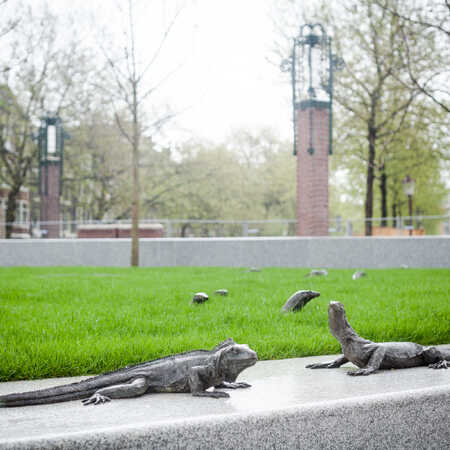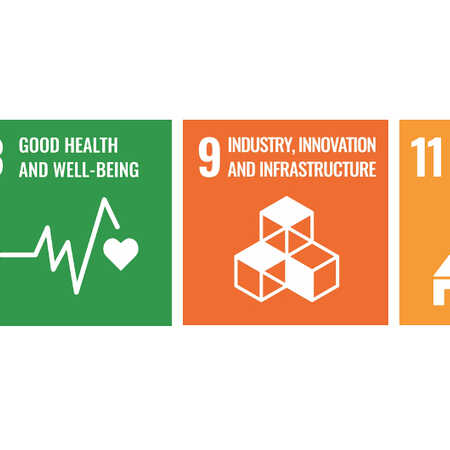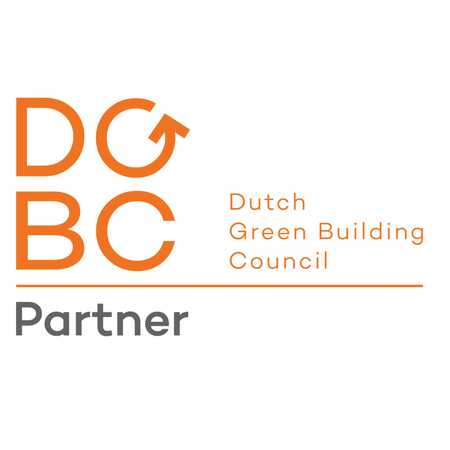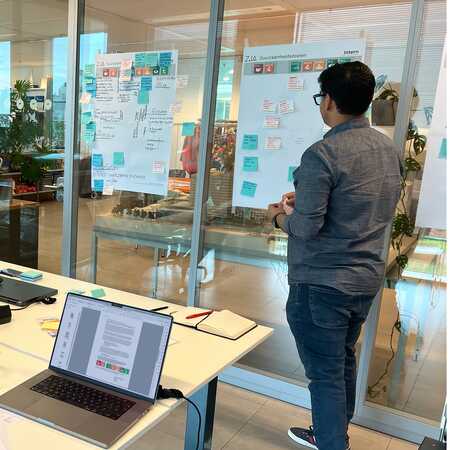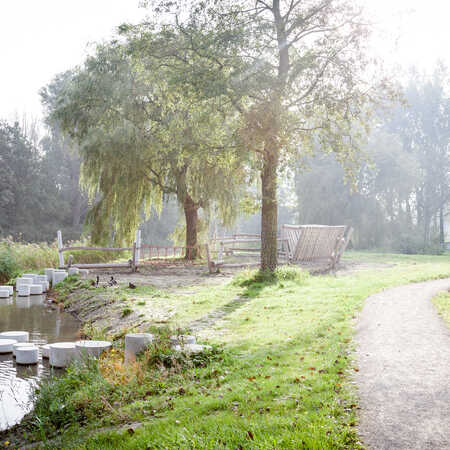ZJA's sustainability vision results in an integrated design of the spatial environment. Of which the built volume is a logical part, and with minimal impact in terms of space, materials, energy and CO2 emissions.
We have to take action now
The living environment of people all over the world is under pressure. This is largely the result of the amount of raw materials we use for products, energy and food. The associated environmental pressure systematically exceeds the limits of what the earth can handle. The increase in greenhouse gases caused by human activities is causing the earth to warm. If we do not intervene now, it will have major consequences for people, nature and the environment.
In the coming decade, the world must take steps to tackle the crises of climate, biodiversity and inequality.
By signing the Paris Climate Agreement, the European Union wants to limit global warming to well below 2 degrees Celsius. In concrete terms, this means that the EU must emit at least 55% fewer harmful gases in 2030 compared to 1990, in order to be climate neutral by 2050.
In the Netherlands, the built environment is responsible for 38% of all Dutch CO2 emissions. As architects, we can - and want - to make a major contribution to reducing CO2 emissions to make the Netherlands and the world sustainable faster and more thoroughly.
With sustainability as a driving force, we want to create value in the long term. For our clients, ourselves, society. And above all for the planet.
A concrete and measurable contribution
Although sustainability has always been part of ZJA's DNA, we also want to be able to substantiate this aspect in a concrete and measurable way. To clarify where exactly we can contribute and to set clear goals, we used the Sustainable Development Goals (SDGs). A guideline developed by the United Nations that helps institutions and companies to integrate sustainability into their working methods.
We can make the greatest impact on achieving the SDGs with our projects trough sustainable design. But also within our own organization we want to become more sustainable.
Although all 17 SDG goals affect our work, six stand out for us.
SDG 3: Good health and well-being
SDG 4: Quality education
SDG 9: Industry, innovation and infrastructure
SDG 11: Sustainable cities and communities
SDG 13: Climate action
SDG 15: Life on land
ZJA: a sustainable organization
In order to make the CO2 emissions related to our activities measurable and improveable, we are certificated on the CO2 performance ladder. This sustainability instrument helps companies and governments to reduce CO2 emissions, in five levels. We are certificated on level 3 and will work on the emissions of our own organization and all projects.
To this end, we have set the following reduction targets:
- Short term 2030: 35% CO2 emission reduction of our own operation compared to reference year 2019;
- Long term 2040: 70% CO2 emission reduction of our own operation compared to reference year 2019;
- Aim for annual declines.
These targets set a path towards CO2 neutrality by 2050, which corresponds to the target of the 2015 Paris Agreement to limit the temperature increase to 2 degrees Celsius by 2100. To achieve the above goals, we have drawn up a reduction plan, which we will update annually.
For an earlier version of our emission calculation, see the link below:
Download CO2 Prestatieladder 2022
Future-proof projects
Energy and material use cannot be seen separately when it comes to making buildings sustainable and future-proof. As architects, we can influence the CO2 footprint of buildings with our designs.
Both in terms of daily energy consumption, as well as the choice of demolition, renovation or new construction and the use of sustainable materials. And social issues also require an integrated, innovative view to make the Netherlands and the rest of the world sustainable in this respect.
With a view to making our projects more sustainable and achieving the SDGs, we have created a ZJA sustainability toolkit. Specific to our own field of work. This is a coherent reference work on the various aspects of sustainable design. From coarse to fine.
At the same time, the ZJA sustainability toolkit is a manual for our employees, so that they can easily understand which sustainability principles they can follow at an early stage of design to create sustainable designs. And what the effect of certain interventions will be in the field of sustainability. In this way, ZJA is building a concrete sustainable future.
Want to know more? The ZJA SDG team will be at your service: sdg@zja.nl
Gallery
Related
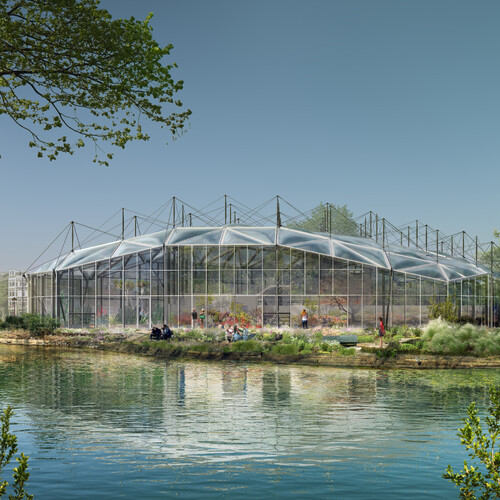
Renovation Three Climate Greenhouse Hortus can start
The environmental permit for the renovation of the Three Climate Greenhouse of the Hortus in Amsterdam has been granted. This brings the…
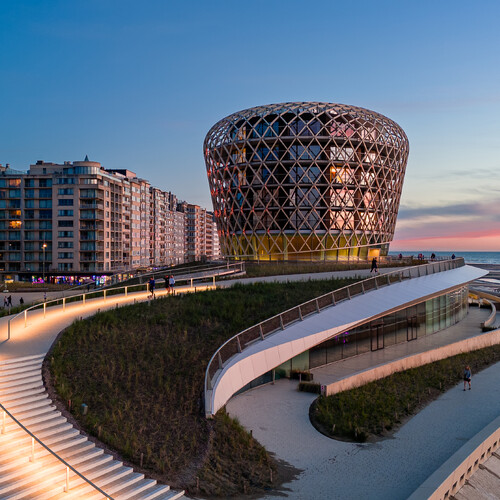
Venue Building Silt, Middelkerke
Striking building at the Belgian coast
Both inspiring and principled, venue building Silt Middelkerke is an asset to the Belgian coast in several respects. With great love of the…
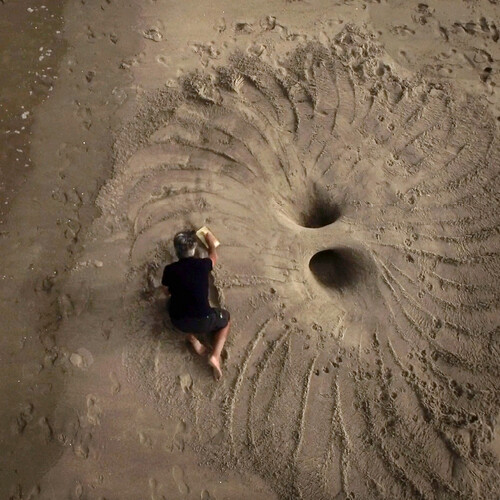
GeoDuct, circular viaduct
Building with local earth
Along with Dura Vermeer, IV-Infra, Ploegam, GeoTec Solutions and HUESKER, ZJA took part in a venture aimed at creating a viaduct that…
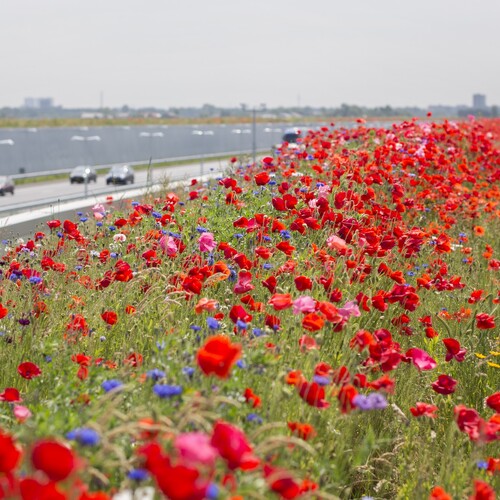
Greening the motorway
Motorways. Throughout Europe, these transport networks are being further extended and intensified. Not without criticism. The asphalt…
